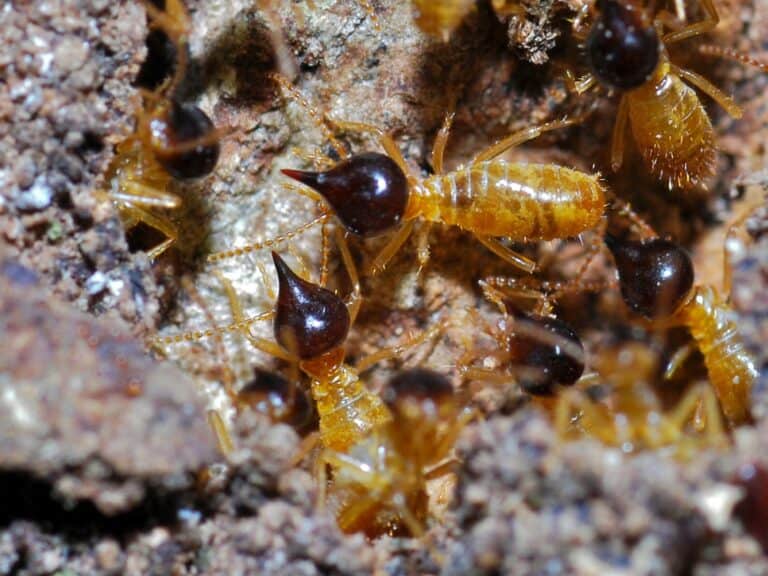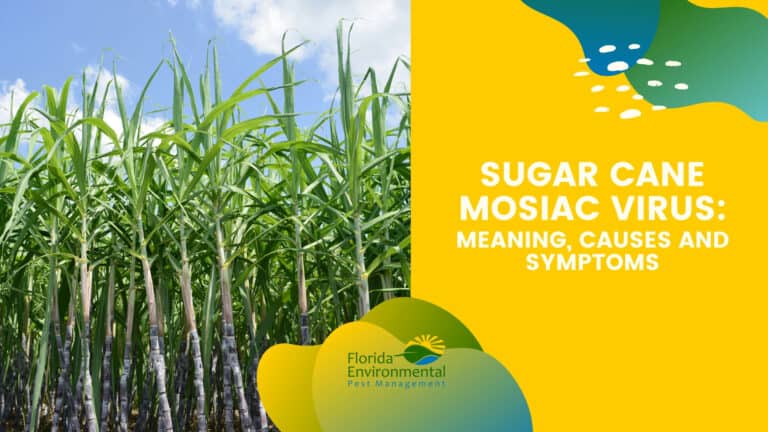The Hassle Free Way To Treat Termites

We are proud to offer an effective no-tent solution for drywood termite control at Florida Environmental Pest Management. Most other pest control companies will insist on tenting due to many reasons. We believe in honesty over dollars. There are many circumstances where No Tent Termite Control is sufficient enough to control termites in your home. Termite tenting is not always necessary.
Florida Environmental’s No-Tent Termite Control gives homeowners the option of eliminating invading termites in a way that is convenient, hassle-free, and 100% guaranteed.
No Tent Drywood Termite Control
No Tent Termite Control attacks termites that infest the inside of your home. Drywood termites are typically found in attics. Most companies want to tent your home when signs of infestations are found. At Florida Environmental Pest Management, our termite exterminator experts offer no-tent termite treatment. This eliminates the need to tent your home or to evacuate your home during the process.
What Are Drywood Termites?
It can be very difficult to detect an invasion of Drywood Termites. In fact, it’s not unusual for a home to be damaged extensively before an infestation is found. They live inside the wood, almost completely out of sight. The most common signs of Drywood Termites that people notice are tiny holes in wood and fecal pellets on the floor, which are pushed out of those holes by the termites. This is evidence of a mature colony.
This species of termites live in colonies of up to about 5,000, which includes the queen, king, soldiers, nymphs, and pseudergates, also known as false workers. The following are some of the descriptive features of various types of Drywood Termites:
- Alates or winged reproductives are pale brown to reddish-brown Drywood Termites.
- They are cylindrical in shape, and their bodies are hardened.
- They have four equally sized wings that extend longer than their body.
- The soldiers and nymphs are cream-colored. Their bodies are soft. These types of Drywood Termites are usually hidden inside wood or some other type of cellulosic material.
- They range in length from 3/8” to ½”.
Drywood termites are most commonly found in older homes that have sound, non-decayed wood. They build their colonies in wood frames, fascia boards, wood flooring, attics, doors, furniture, and window sills. When they initially get into a home, the winged termites known as alates or swarmers make their way inside through openings and cracks in the wood. Drywood termites have adapted to dry environments by developing a more impermeable cuticle that better retains body moisture. They are also able to resorb moisture from their feces, and this process is what gives their excrement a unique hexagonal shape.

Advantages of No-Tent Treatment
An enormous amount of inconvenience is involved with tenting a home for termite treatment. Among the unavoidable hassles is that homeowners must vacate their home for a two-day-period and possibly longer. Careful preparatory steps need to be taken, for safety reasons. For example, all uncanned foods must be removed and tree-trimming may be required.
The following are some of the benefits of an Florida Environmental Pest Management No-Tent Termite Treatment. There is NO NEED to:
- Be displaced from your home temporarily.
- Remove plants or flowers from your home interior.
- Remove uncanned foods from your home.
- Remove cosmetics and medications from the home.
- Risk landscaping or your roof being damaged.
- Disconnect satellites or antennas.
- Trim shrubs or trees.
- Worry—because our results at Guaranteed!
How Does Our Drywood Termites No Tent Termite Control Work?
South Florida is a big draw for many species of termites, due to the warm and humid climate. Drywood termites are among the most common in the state. Our No Tent Termite Control is proven to be effective. We have trained professionals who perform the following steps to wipe out any size or scale of drywood termite infestation.
- Our advanced non-repellent product is directly injected into termite galleries.
- Next, contact with the treated surface is made by the termites.
- The product is distributed to the entire termite colony in what is called the “transfer effect,” once the worker termites return there.
- The queen of the colony eventually makes contact with the liquid termite treatment solution, and that is what kills off the entire termite colony.











